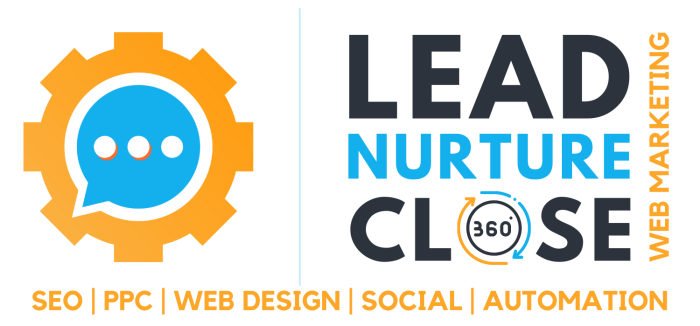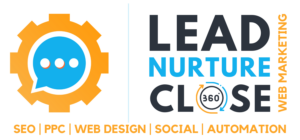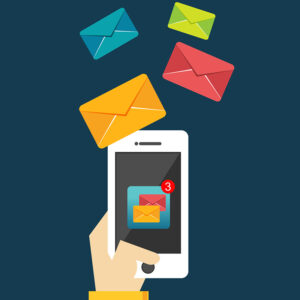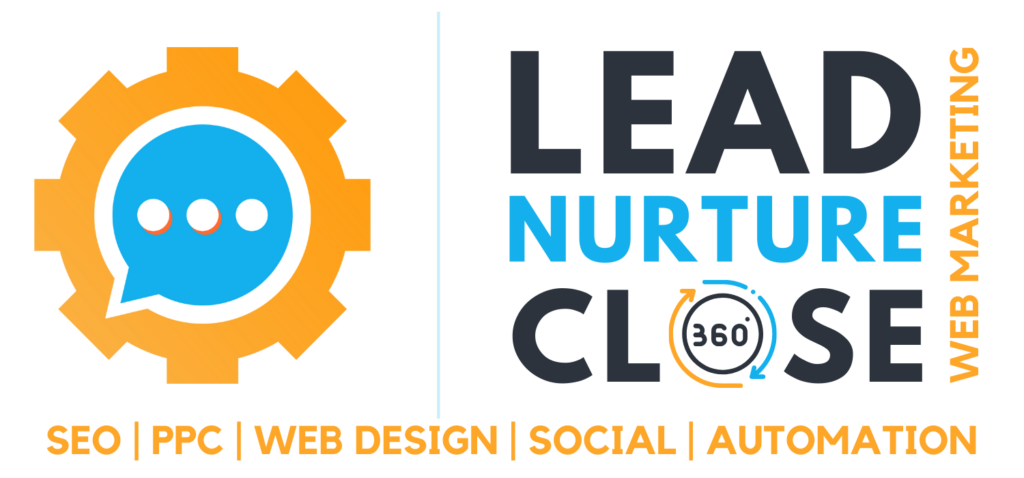Tapping into the power of webinars can be immensely rewarding for businesses. Webinars help establish a brand’s authority and offer a cost-effective means of engaging customers. They also provide a source of content for future use and can be highly effective lead generators.
However, hosting an engaging webinar is not as easy as it may seem. The pros might make it look like a piece of cake, but if you fail to put in the preparation work, a webinar can be an embarrassing failure. Here are ten steps to follow that will help you make your next webinar a roaring success.
1. Choose a Compelling Topic
Step one is to choose a topic that is relevant to your audience. The issue should be something that will draw an audience. So, it is best to avoid subjects that have already been extensively covered. You can get ideas for topics by searching for what people are talking about online, or you could look at which of your blog posts attract the most visitors and comments. Answering frequently asked questions is also generally a sound basis for a webinar. Some of the most popular webinars are those that solve a common problem. The crucial things to bear in mind are that the topics you choose must provide value, relate to your product or service, and be suitable for a 30-45 minute webinar.
2. Decide on the Presentation Format
There are several different formats you could choose for a webinar. The simplest of all the structures is to have one presenter, or you could break the webinar down into sections and have two or more presenters. Other options include a panel debate with a moderator, an interview format, and question and answer sessions. The least challenging of the various formats to organize is those with the fewest people taking part. If you opt for something like a panel discussion, you will need a good moderator to keep the debate under control.
3. Recruit Speakers and Moderators
Recruiting speakers for a webinar can be challenging. You need someone who can engage the audience and attract attendees. It is essential to bear in mind that not everyone comes across well in a webinar. Some people get stage fright when put in front of a camera or talk in a monotone voice that will be boring for the audience. You may find your star presenter in-house, or you could approach industry experts in your sector to present a webinar. Some topics come across exceptionally well when delivered by a technician or worker rather than senior management. Most crucially, a presenter must be articulate and enthusiastic about your chosen topic.
4. Hold a Planning Meeting with the Presenters
Your webinar will run a lot smoother if you hold a kick-off meeting with the presenters, panelists, and moderators. The kick-off meeting will allow people to get to know one another and give you the opportunity of discussing the format, content, and objective of the webinar. A planning session will also allow presenters time to prepare for the event. If you skip the planning meeting, your webinar might appear to be a bit amateurish. Your moderator might not know the names of your panelists, for example. When you present a webinar, you are putting on a show. So, planning and rehearsals are crucial if you want your webinar to be a success.
5. Create Professional-Looking Visuals
Visuals will enhance the audience experience in some webinar formats. For example, if you have a single speaker, slides might help illustrate points and give the audience a break from looking at the speaker. If you use visuals, it is best to ensure that any slides, images, or videos are top-quality, and ensure that the visuals add to the presentation and are appealing. Slides with nothing but text, for example, are dull and may be challenging to read quickly. On the other hand, images and graphs can display a lot of information and are easy to digest. If presenters prepare their own visuals, it will help if you supply templates for consistency and provide a content guide to ensure quality.
6. Find a Suitable Location for Your Webinar
Locate a quiet workspace to present your webinar, where there will be no distractions or interruptions. If you have no suitable rooms in your offices, hiring a hotel conference room would be a good alternative. If you use your office, ensure that there is nothing confidential on display that might be visible to the camera. You will, of course, also need a reliable internet connection, and the better the quality of the audio-visual equipment you use, the more professional your webinar will look.
7. Create a Landing Page
You will need a landing page that sells the benefits of the webinar and has a registration form for those interested in attending. The landing page should include short bios of each of the speakers, topic details, and the webinar’s time and date. The landing page should also explain what people will gain from joining the webinar. It is best not to have any other promotional material on a webinar landing page. Stick to promoting the event and getting as many people as possible to register. Avoid asking for too much information on the registration form, too. If you ask too many leading sales questions, you might dissuade some participants from registering.
8. Prepare the Operational Emails
There will be a series of emails that will need to be sent to attendees who sign up for your webinar. The first will be a registration confirmation, which will confirm the webinar’s date and time and contain instructions for the day. It is also a good idea to send at least one reminder email 24 hours before the event, and it is good practice to send a thank you for attending email after the event. You might also want to email people who registered but did not attend a summary of what they missed and a link to an archive of the webinar.
9. Promote the Event
Promote your webinar through an email campaign, social media, and on your website. If the event is targeted at existing customers, you might also want to consider sending out hard-copy invitations. These invitations could also then be followed up with a telephone campaign. It can be helpful to use a branded hashtag to promote a webinar. A unique hashtag will help create a buzz about the event and generate a community with a common interest. A gift, special offer, or access to exclusive information can also increase the number of attendees.
10. Final Checks
Review your preparations well before the production date so that you have time to fix any problems. Ensure that any materials to be presented are consistent and on-brand, for example. Run through your timings to ensure that you don’t overrun or are left with an embarrassing shortfall in content. Test the visual and audio equipment in plenty of time before the webinar begins, so you have sufficient time to fix any glitches. It will help if you ask presenters to arrive half an hour early so they can settle in and get comfortable before the presentation begins.
Conclusion
The secret to a successful webinar is preparation. So, the more time you allow for the above steps, the better. Agree on the topic, format, and content of the event well before the scheduled production date. Recruit crowd-pulling presenters if you can and use professional-quality slides and other visuals and pay attention to details like the physical location of the event and the timing of presentations. Then you will be ready to promote your webinar and attract a large and appreciative audience.

















